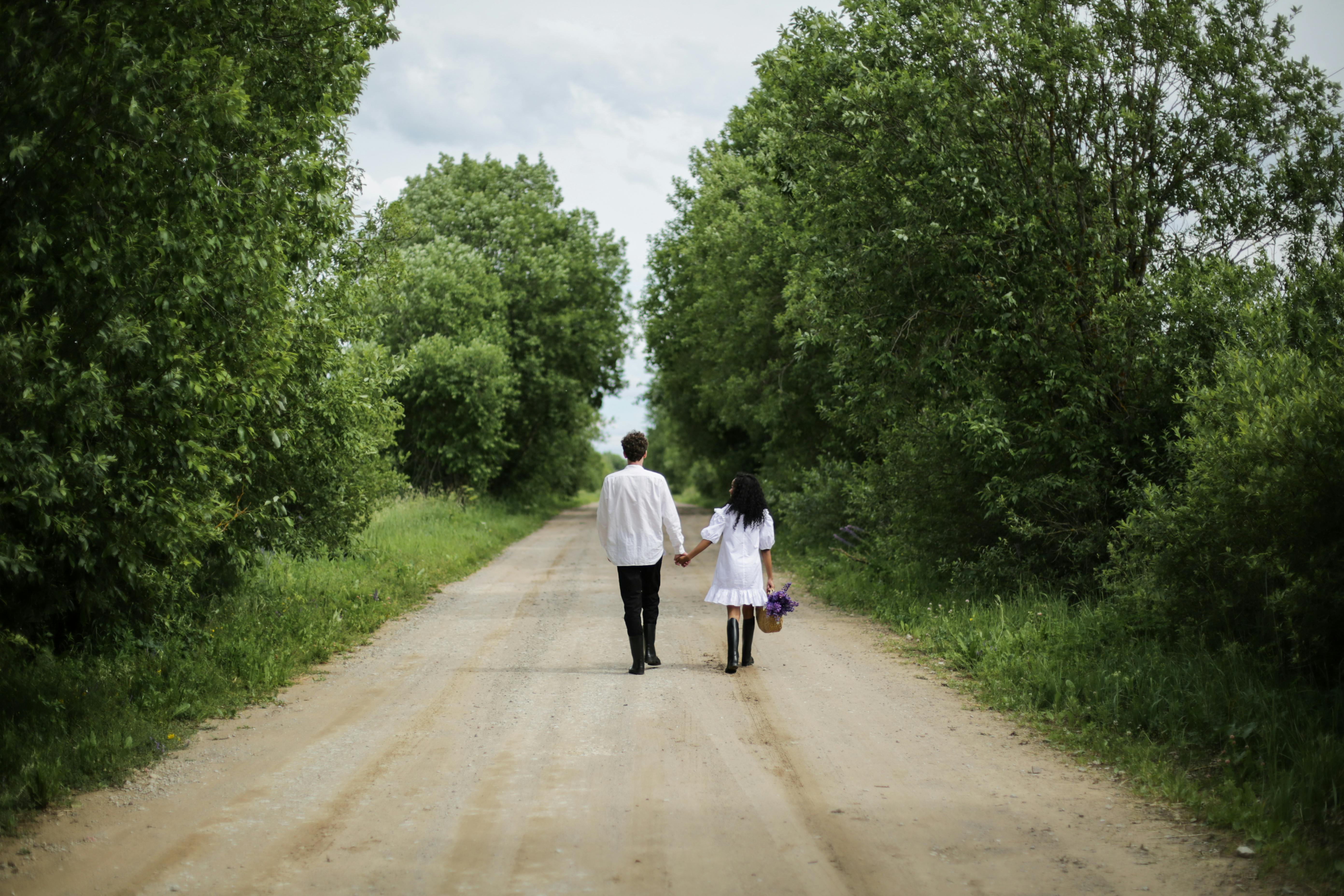In the morning, before the sun rose, a group of Nigerian-Igbo children, ages four to six, would gather in the front yard of the family home, and we would use a dry twig to scratch a grid of columns and rows within a six-square-foot area on sandy, earthy soil. Then we would take turns and line up with our backs to the grill. From outside the margin, the first child would toss a pebble over his head, hoping it would land in one of the smaller units on the grid. Then, still facing the margin of the grid, the pitcher must retrieve the pebble, wherever it landed, from outside the margin.
A good launch was when the pebble landed with a thud in the center of a unit, where the boy could lean on one leg and one hand, stretch his body, and retrieve it with his free hand. A successful launch and retrieval gave the boy ownership of the unit, and he could use the purchased units to retrieve the thrown pebbles in the future. The most accessible units to get were the ones closest to the margins, and we would try them first. A pebble that did not fall into any unit was a bad throw, allowing the next child to throw it.
Aiming and throwing overhead with the back turned was a challenge for most of the boys. It was like groping in the dark. You had to mentally calculate the position of each of the units so that a thrown pebble could fall on them without skidding.
There was a lot of motor planning (praxis) that went into that critical part of the work. For example, the child had to think about how much force to apply to the pebble and in which direction he wanted it to go. He also had to remember the drives that were still open; that is, those units not yet acquired. Retrieving the pebble from where it landed was also a challenge. To do that, they had to support their body on one leg and one arm, while using the other hand to lift the stone. This maneuver must have attributed immensely to the vestibular system of balance, as well as to the joints and proprioception. Children who did not have a sound balancing system often tipped over and fell on their abdomen.
There were also occasions when children were expected to jump around the units with one leg to retrieve the pebble. It was against the rule for the soles of the feet to touch the lines. Avoiding breaking the rule required a lot of precision and praxis, and coordination between the visual system, the motor system, and the vestibular system. We did multiple reps and reps. Each game lasted for hours, becoming more difficult when each child would have to place their pebble on a remaining unit in one corner of the grid. However, I think we persevered because we were competing with each other and because the play was challenging.
That is not to say that there were no frustrations. Children with balance difficulties were especially frustrated playing this particular game. Ironically, I remember the frustrating aspect of the game more than the routine parts. I remember the pebble’s tendency to slide off the grid, the numerous times the children stepped on the lines and the children fell on their abdomen when they stretched out their right hand while balancing on their left arm and left leg. Falling down, while disappointing, was fun too. Unfortunately, like cultures, authentic Igbo childhood works continue to disappear from the playlist of games that children can play.




